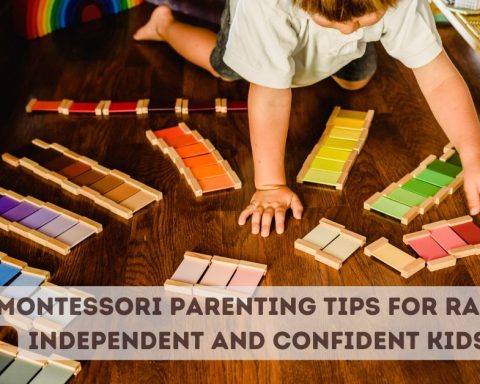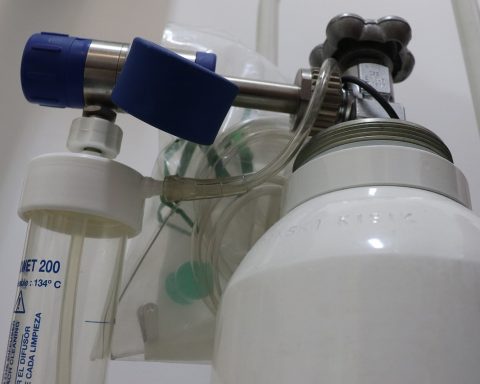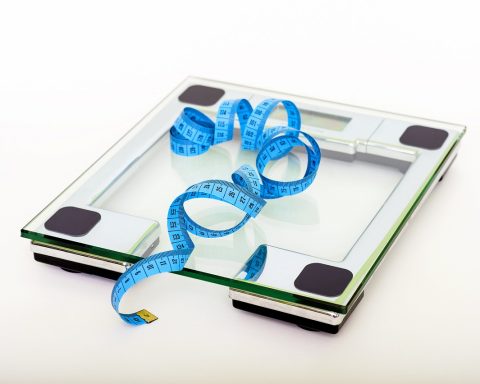Based on their respective lifestyles, personal choices, and responsive parenting strategies, some parents choose parent-led weaning, while others allow their babies to wean themselves (also known as baby-led weaning). A baby’s transition from milk to solid food is a crucial growth milestone; however, the transition can be challenging if the baby is picky or tends to prefer milk.
Baby‐led weaning is probably feasible for a majority of infants, but could lead to nutritional problems for infants who are relatively developmentally delayed. —Researchers at the University of Glasgow, UK
Research indicates that “Infants following BLW had similar energy intakes to those following TSF (traditional spoon feeding) and were eating family meals more regularly, but appeared to have higher intakes of fat and saturated fat, and lower intakes of iron, zinc and vitamin B12.”
So, the question is, which weaning method should parents choose for their baby?
The Pros and Cons
Here are the pros and cons of both weaning methods to help parents decide which method is the best responsive parenting strategy for their baby.
Initiation
Parent-Led Weaning: The parents introduce their baby to pureed food for the first time using their fingers and then continue spoon-feeding their baby for as long as they feel it is appropriate.
Baby-Led Weaning: In this responsive parenting method, the parents introduce their baby to pureed food for the first time and then allow the baby to sit in a booster seat or in someone’s lap so that the baby can join the rest of the family at the dinner table. Eventually, the baby gets used to the idea of eating snacks and meals alone and unsupervised as well (on the floor or in a booster seat).
Mess
Parent-Led Weaning: Since the parents feed the baby themselves, the mess is minimal. All the parents need to do is clean the baby’s face and replace the bib if it gets dirty.
Baby-Led Weaning: Baby-led weaning is fairly messy even if the baby is learning to eat finger food. There are a lot of food splatters, spills, and crumbs. The baby needs to be changed often because the bib doesn’t catch all the mess.
Time
Parent-Led Weaning: Parent-led weaning usually takes less time. Parents can feed their baby in as little as five to ten minutes and get it done and over with. However, this type of weaning can become very tricky, frustrating, and time-consuming if the baby is unwilling to eat due to a lack of appetite, a preference for milk, or an aversion to certain foods.
Baby-Led Weaning: Unless the baby happens to be an enthusiastic and voracious eater, baby-led weaning is fairly time-consuming because the baby explores and plays with the food a lot before actually eating it.
Transitioning
Parent-Led Weaning: In parent-led weaning, it’s the parent’s responsibility to introduce different food textures (puree, solid food, chunks, and finger food) and items, and they must deal with the baby’s preferences and quirks.
Baby-Led Weaning: In this responsive parenting strategy, the baby sits with the rest of the family at the dinner table and easily transitions from one texture or food item to another. The baby can also decide which textures he or she wants to try (or not).
Quantity
Parent-Led Weaning: In this method, a parent feeds the baby according to his or her judgment or discretion. For instance, the parent decides whether three to four ounces are enough or if the baby needs to eat something else.
Baby-Led Weaning: The baby sits with the rest of the family at the dinner table and decides how much it wants to eat. However, the quantity or quality of the food the baby chooses to eat may be inconsistent. Sometimes the baby may eat a plateful of food; at other times, the baby may decide to eat only a few spoonfuls of food (contrary to the parents’ wishes) or maybe nothing at all. Whatever the case, the parent has to respect the baby’s choice.
Convenience
Parent-Led Weaning: The parents can feed the baby at their own convenience. However, parent-led weaning can become inconvenient when eating a meal at a restaurant or when the parent is ill or unable to feed the baby for any reason. The baby has to be fed exclusively by the parent.
Baby-Led Weaning: In baby-led weaning, the baby is able to feed himself or herself without assistance, and all the parent or a caregiver has to do is give the baby food.
Both weaning methods can be tedious because of the amount of time it takes for a baby to eat and the mess that can occur. However, parents need to choose what works best for them and their babies. Teaching and encouraging a baby to eat in a normal and healthy way is part of responsive parenting. It is an important life skill that babies need to master.

References
- Wright, Charlotte M., Kirsty Cameron, Maria Tsiaka, and Kathryn N. Parkinson. “Is Baby‐Led Weaning Feasible? When Do Babies First Reach Out for and Eat Finger Foods?.” Maternal & Child Nutrition 7, no. 1 (2011): 27–33. Retrieved from https://onlinelibrary.wiley.com
- Morison, Brittany J., Rachael W. Taylor, Jillian J. Haszard, Claire J. Schramm, Liz Williams Erickson, Louise J. Fangupo, Elizabeth A. Fleming, Ashley Luciano, and Anne-Louise M. Heath. “How Different Are Baby-Led Weaning and Conventional Complementary Feeding? A Cross-Sectional Study of Infants Aged 6–8 Months.” BMJ Open 6, no. 5 (2016): e010665. Retrieved from http://bmjopen.bmj.com/content









[…] the bathroom. Finally, the child must be able to communicate the need to go potty to the parent. Responsive parenting helps parents read the child’s subtle […]